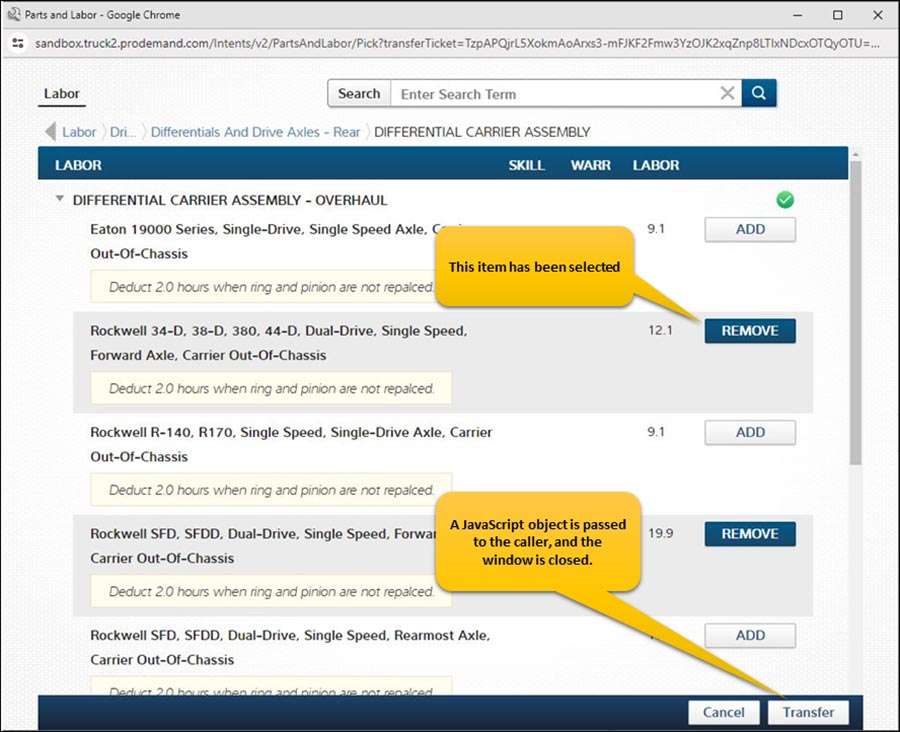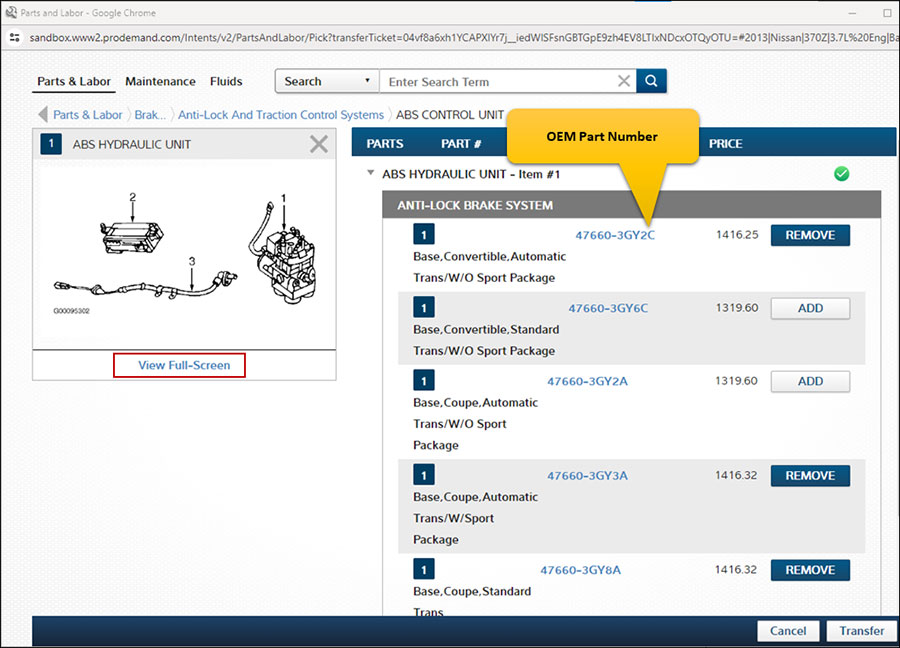Picture, if you will, a duck walking away at a rapid gate. Stepping with its flat webbed feet and legs that are clearly not designed for extensive land locomotion, the duck’s tail maintains a constant “waddle” (a moving from side to side) as the duck propels forward. If the duck happens to accelerate into what could be considered a run, the duck’s tail end appears to lose the clear waddle and transforms to a rapid shake or shimmy. At this point, you are perhaps wondering what duck butt geometry has to do with commercial truck diagnosis? Let me tell you.
Connecting Duck Waddle to Truck Movement
With the duck waddle imagery fresh in mind, picture a truck moving slowly where the front or rear of the vehicle seems to sway from side-to-side. As the vehicle speed increases, this swaying sensation then transitions to a more intense roughness or vibration. This side-to-side movement is referred to as waddle.
At first glance, it may seem as though mechanically inclined folks just struggle with establishing descriptive terms, but that is hardly the case. Asking a driver if their vehicle feels like a waddling duck provides a straightforward description that nearly anyone can understand when relating to their vehicle’s a weird side-to-side movement at low speed.
Simple everyday concepts and terms enable technicians to convey abnormal sounds and sensations coming from the vehicle that could be extremely difficult for a non-technician to describe. This is also true when operators describe symptoms in everyday terms; technicians can translate those terms in relation to how the overall vehicle operates within its interconnecting systems and components.
Identifying the Source of the Waddle
Now that we have a better understanding of the term “waddle” and the scenario it describes, let’s explore what might actually cause this odd sensation. As the feeling of side-to-side movement at low speeds transitions into a harsher vibration as speed increases, it becomes apparent that the issue lies with tire and wheel rotation.
A bent driveshaft or something heavy stuck on the driveshaft, for example, may cause severe shaking but typically won’t result in the waddle sensation. Instead, the waddle at low speeds generally originates from the tire and/or wheel assembly.
Common Causes and Inspection Process
There are three general causes for the waddle experience:
- The steel belt inside the tire is not straight inside the tire.
- The tire has excessive lateral runout.
- The wheel has excessive lateral runout.
A visual inspection of the tires and wheels is the starting point. Then, the tire and wheel lateral runout needs to be measured, following the service information procedures and specifications. If the problem tire or wheel is not identified, it will be necessary to replace them one at a time with a good tire and wheel assembly, then test drive the vehicle. While it may be possible to discern whether the waddle is originating from the front or back, it could be difficult to know for certain. Once the offending assembly is identified, the technician can begin the process of determining whether the tire or wheel is at fault.
Addressing the Waddle
Clearly, addressing your vehicle’s waddle is crucial as it could potentially lead to complete tire failure. When inspecting and addressing these complaints, always be sure to consult the service information for the vehicle. The service information may contain additional system or component information and testing procedures that will help to ensure a complete, accurate repair. This will ensure the vehicle’s optimal performance and safety on the road.







